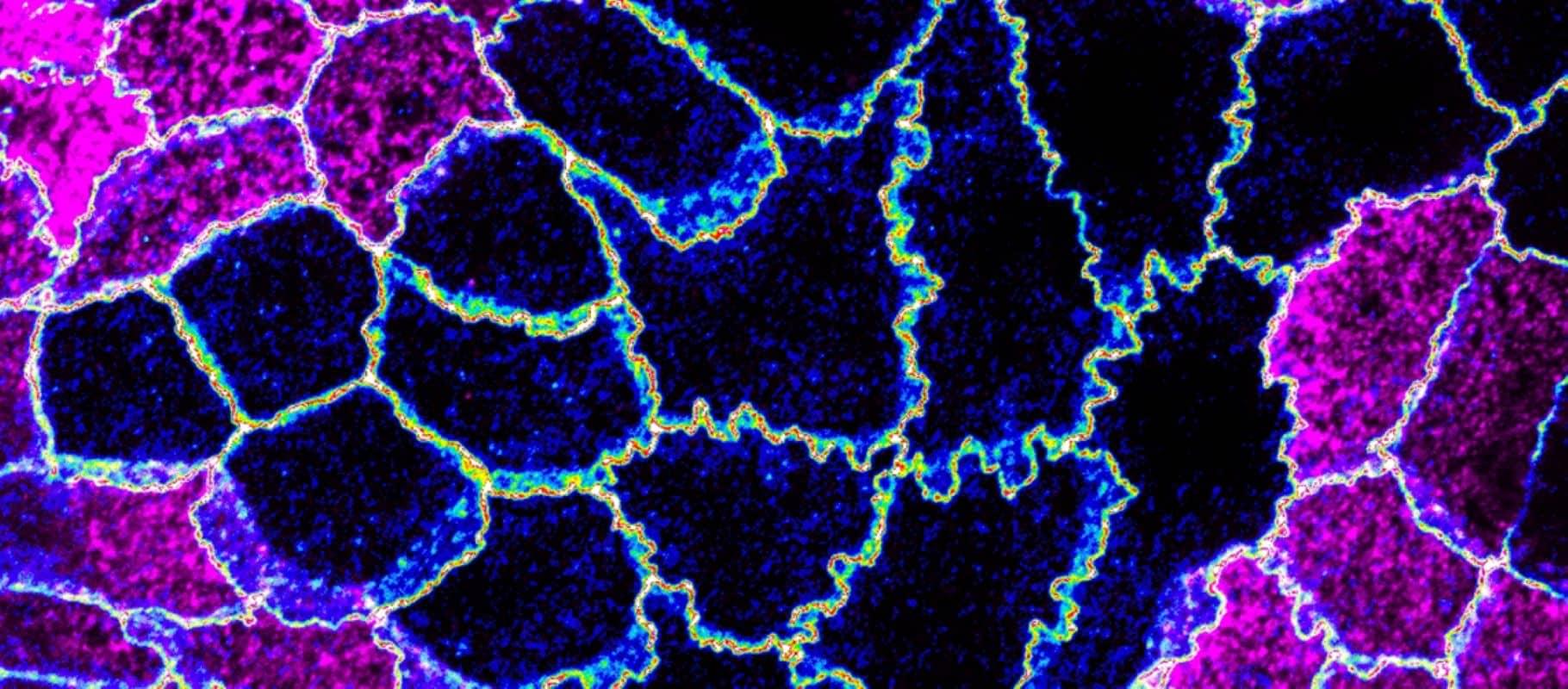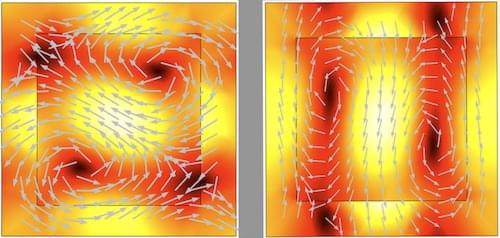Sakahara Atsushi is a writer and film director who was caught up in the sarin attacks by religious cult Aum Shinrikyō on Tokyo subway lines 30 years ago. Here, he recalls the incident and his work to document it while struggling with physical aftereffects.








